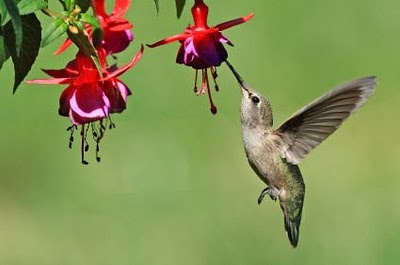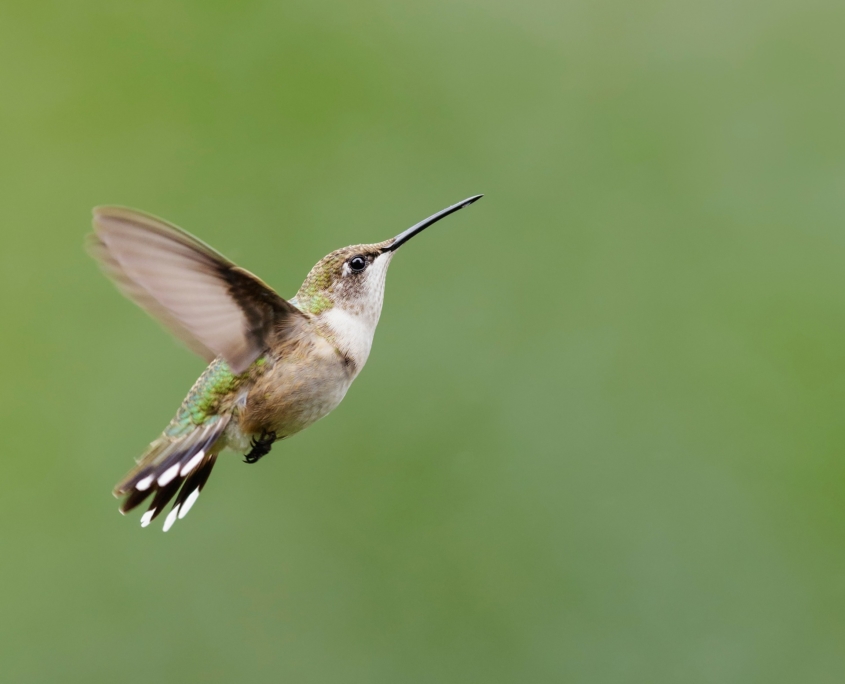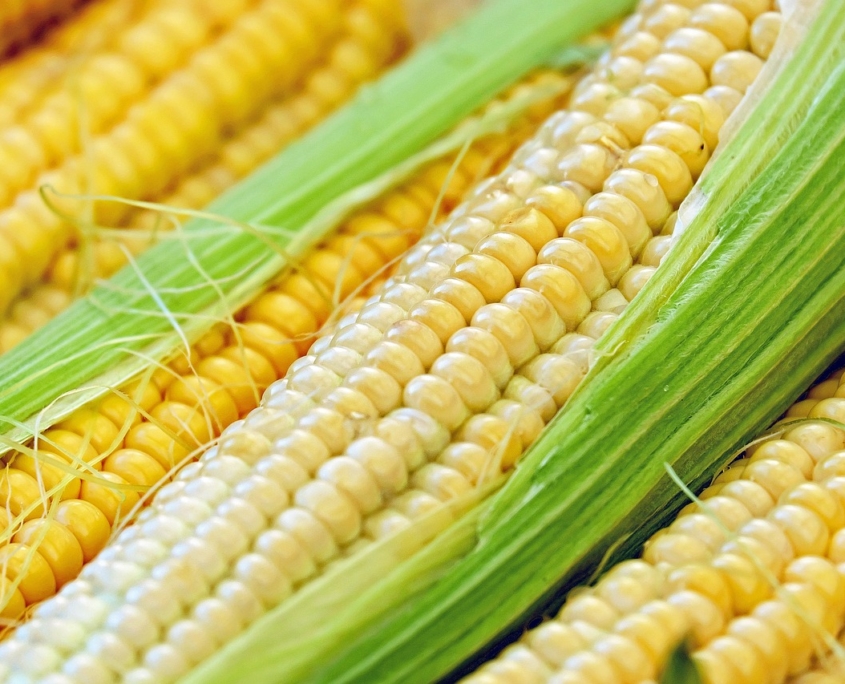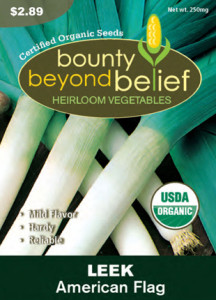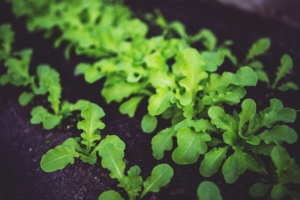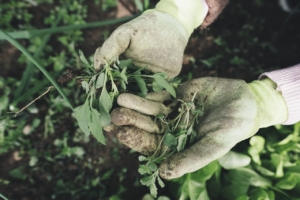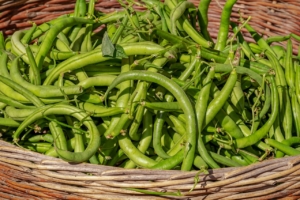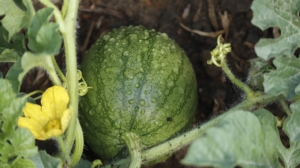Learn to Recognize Your Beneficial Insects
Know What’s In Your Garden
It is good to understand the importance of beneficial insects in the garden — both pollinators and predators. We try to encourage the good guys into our gardens and celebrate their appearance.
Except…how can you be sure that the less-than-cuddly-looking four-legged creatures walking amongst your blossoms are the right ones? After all, heroes aren’t necessarily handsome (although we always assume they must be). No, your knights-in-shining-armor may have a face only a mother could love — or a gardener.
Ladybugs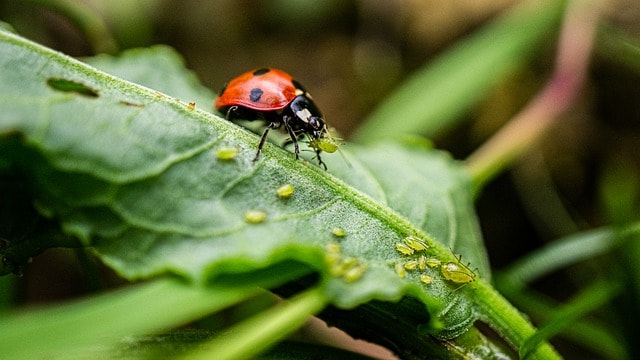
You might be surprised at how many good guys you don’t recognize. For instance, most people are very familiar with ladybugs and recognize them as part of the cavalry. The Volkswagen-shaped beetles will consume about 50 aphids a day, munching on plant mites and scales while they’re at it. They are definitely beneficial insects!
Yet I wonder how many ladybug children are killed simply because they don’t have Brad Pitt’s good looks. If you didn’t shudder when I mentioned the little darlings, then you probably haven’t met them. If you can picture a cross between an alligator and a lobster wearing black and orange/red leather biker pants — only creepier — then you’re on the right track. As far as looks go, ladybug larvae have nothing in common with their charming parents.
Ladybugs overwinter as adults, hiding under leaf debris. They do a quasi-hibernation called “diapause” and wake up when the days start getting longer or warmer. When they wake up they are hungry and look for pollen and insect eggs (like aphid or mite eggs).
Ladybug facts:
There are over 300 types of Ladybugs just in North America
Ladybugs come in many colors besides red: pink, yellow, white, orange, and black.
The hard shell covering the adult ladybug protects the fragile wings and is called the elytra. It is so thin you can see through it and is used to make the ladybug look dangerous to predators. They actually secrete a foul-tasting, orange fluid from the joints in their legs. Ladybugs will even play dead if threatened.
See more here
Assassin Bugs
Another bug I met this week is what insect scientists call a “true bug” whose common name is “Assassin Bug”! All of the creatures we call “beneficial insects” are beneficial because they eat bugs we don’t like in our gardens. We love the predators that eat thrips and whiteflies or all the beetle eggs on squash. We’re so happy to see the insects we like eating the babies of the insects we don’t like. But sometimes the top predators aren’t too picky and they eat bees and ladybugs and butterfly caterpillars too. Fortunately, they assassinate many more bad bugs than good bugs.
The bugs at the top of the food pyramid have some great names like assassin bugs or pirate bugs. They are still beneficial in our book because they are eating lots of the bad guys. Of course, they happily eat cute ladybugs and even their own siblings when they’re ravenous after hatching. Keep an eye out in your garden for some of these more interesting creatures.
- Pirate Bugs
- Predatory Stink Bugs
- Big Eyed Bugs
- Damsel Bugs (Another example of a less-than-lovely beneficial insect. As the old saying goes; she’s plainer than a mud fence”.)
Spined Soldier Bug
There is a look-alike bug to the stink bug called the Spined Soldier Bug who is a bug superhero! This bug eats two of the most damaging villains in our gardens: the Mexican bean beetle and the Colorado potato beetle. It also eats the eggs of its look-a-like, the Brown Marmorated stink bug. Learn to tell the difference between this beneficial insect and the annoying stink bug. The Soldier Bug has sharp spiny shoulders and is more likely to be alone and not as afraid of you. My rule for pulling weeds is always, “Don’t pull anything unless you know its name.” My rule for killing bugs is now the same, “Don’t kill anything unless you know its name for sure!” No guessing!
Pictures of Beneficial predator insects
Crickets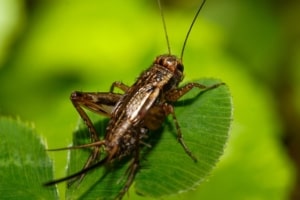
Crickets live in our gardens and yards all year and we mostly don’t even notice them until they begin their singing melodies announcing that the end of summer is coming. Crickets play a large role in our garden ecosystem. Crickets are Detritivores and Omnivores. They love their meat like small insects, egg pupae, scale, and aphids. Some feed primarily on plant material. Others balance their diet with pollen and nectar. They are known to eat a lot of weed seeds and mostly they eat decaying plant material and fungi. They live in and feed on the decaying leaf litter of the garden and yard. They leave behind tiny little cricket manures that help fertilize the soil. Another great beneficial insect.
Crickets are an important part of the food chain. (Another good reason not to use insecticides.) The list of who eats crickets is long: birds, mice, shrews, bats, rats, toads, frogs, small snakes, and salamanders. Other predators of crickets are lizards, mantids, spiders, wasps, ground beetles and ants, and of course, humans!
Spiders
These leggy creatures are our friends! I’m not suggesting that you invite black widow spiders into your house, but spiders in the garden are hugely beneficial. Daddy Long Legs, otherwise known as “Harvestmen” eat bugs, especially aphids. Once again, we discover that we have yet other friends helping us produce food and flowers. They also eat other bugs and mites, dead insects, and bird droppings. Daddy Long Legs are related to the spider family but have no venom sac and no fangs.
Great microscopic photos of the insects among us
An important note!
The most important thing you can do in your garden and yard for all of the beneficial insects is not to clean up very well. You can pick up lots of leaves, but leave some of them scattered throughout the garden and in out-of-sight areas to give them a safe place to overwinter or lay eggs and forage. In the fall it’s best to try to not tidy up too much. Leave standing flower seed heads, leave leaf litter, and leave some hollow stems of plants and shrubs if you want your yard to be natural habitat. Most songbirds switch from eating seeds to insects during nesting season, then turn back to seeds for fall and winter. Lacewings, Ladybugs, and solitary bees hide in tiny nests under grasses and at the feet of willows or in debris under the shrubs. Leaving your garden and yard a more natural habitat will provide seeds for birds and give beneficial insects a place to nest all winter.
Photo of finch perching on thistle
Photo of bird preparing for winter
So, you can see how vital insect recognition can be if only so you don’t squash the same critters that are there to save the day! The best place to start is by learning about the insects local to your area. I like having a bug identification page called Mac’s Field Guide and they’re available for different regions. This large, laminated card has good garden bugs on one side and bad ones on the flip side. The one I have for California has images of the kids next to the adults, too. It also tells you where to look for both good beneficial insects and bad bugs and which plant whets their appetites.
If a particular insect really piques your interest, catch it in a jar. Bring it down to your local nursery or your local Cooperative Extension Office (Master Gardeners) for proper identification. You were probably going down there to see what new vegetable starts they brought in this week anyway.

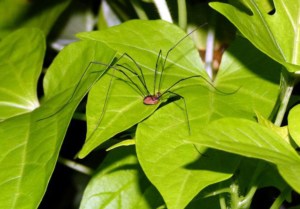
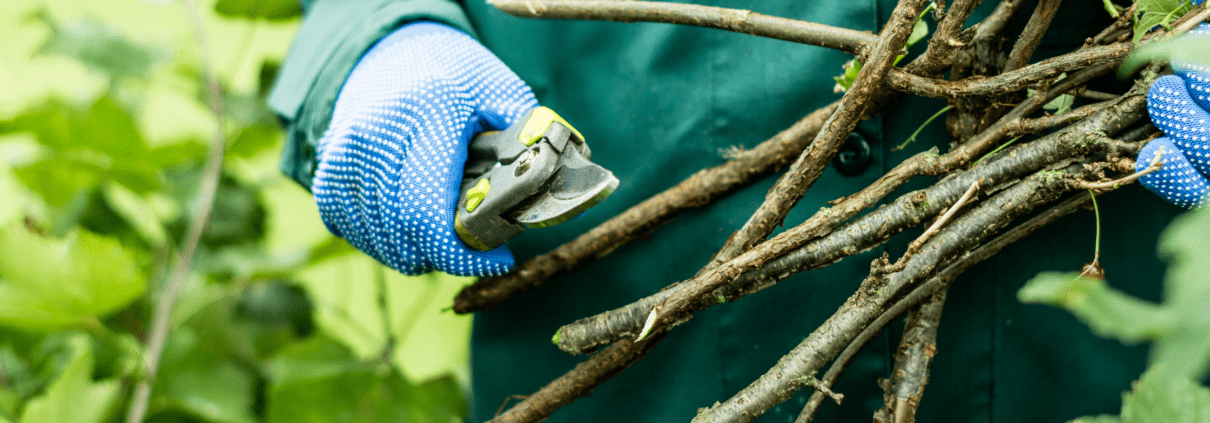
 to effective pruning and most require very little pruning in order to achieve the gardener’s goal. But before taking sharp tools to your plants, you should understand exactly what those goals are and why you’re pruning them in the first place.
to effective pruning and most require very little pruning in order to achieve the gardener’s goal. But before taking sharp tools to your plants, you should understand exactly what those goals are and why you’re pruning them in the first place. take the shape of boxwood topiary or an apple tree that’s been trained as an espalier. Pollarding or coppicing pruning techniques may be used, as well.
take the shape of boxwood topiary or an apple tree that’s been trained as an espalier. Pollarding or coppicing pruning techniques may be used, as well.
